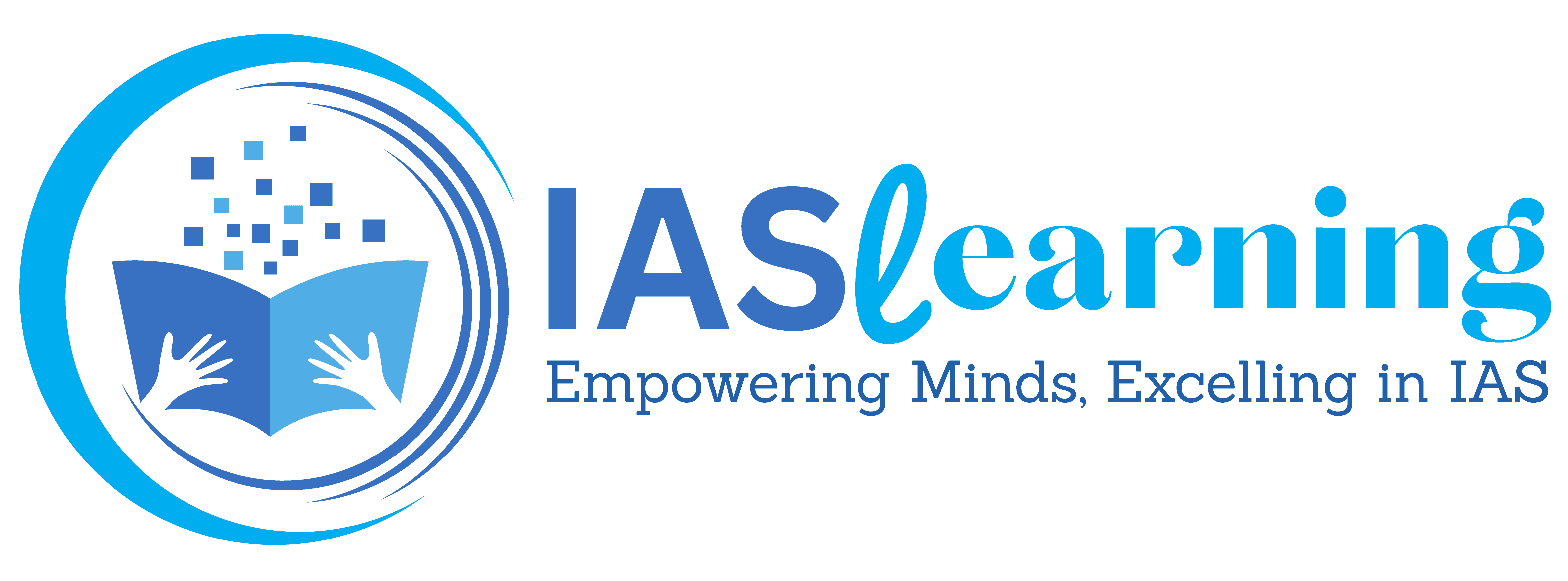Introduction:Tribal Areas in India
- Primitive, geographically isolated, shy and socially, educationally & economically backwardness these are the traits that distinguish Scheduled Tribes of our country from other communities.
- Tribal communities live in about 15% of the country’s areas in various ecological and geo-climatic conditions ranging from plains to forests, hills and inaccessible areas.
- Tribal groups are at different stages of social, economic and educational development. While some tribal communities have adopted a mainstream way of life at one end of the spectrum,
- There are 75 Primitive Tribal Groups (PTGs)Tribal Areas in India, at the other, who are characterized by (a) a pre-agriculture level of technology, (b) a stagnant or declining population (c ) extremely low literacy and (d) a subsistence level of economy.
Constitutional Provision: Tribal Areas in India

- Article 244 of the Indian constitution deals with the administration of Scheduled Area and Tribal Areas.
- Scheduled areas and Tribal Areas in India are mentioned in the fifth and sixth schedules of the constitution.
Difference Between Scheduled Areas and Tribal Areas
Both the terms are different and treated differently under the constitution.
Scheduled Areas
- Article 244(1) of the Indian constitution has mentioned scheduled areas. Special provision for the administration of such areas are mentioned in the 5th schedule of the constitution and includes certain areas in States other than Assam, Meghalaya, Tripura, and Mizoram.
- Scheduled areas are such areas inhabited by the tribes specified as ‘Scheduled tribes‘ in states and union territories other than Assam, Meghalaya, Tripura, and Mizoram.
- The power to declare any Tribal Areas in India as a ‘Scheduled Area’ is bestowed on the President of India and the parliament is authorized to legislation.
Tribal Areas in India
The Tribal Areas in India got mentioned in article 244(2) of the Indian constitution. Provision regarding their administration is found in the 6th schedule. It deals with the tribal areas in Assam, Meghalaya, Tripura, and Mizoram.
At present (2019), ten states of India have scheduled areas. These are: Andhra Pradesh, Telangana, Jharkhand, Chhattisgarh, Gujarat, Himachal Pradesh, Madhya Pradesh, Maharashtra, Odisha and Rajasthan.
Demographic Trends and Present Status

- According to 2001 Census, the population of Scheduled Tribes in the country is 8.43 crores, which is 8.2% of the total population of the country.
- The population of Scheduled Tribes has been on the increase since 1961.
- The decadal population growth between the Census 1981 to Census 1991 in respect of the tribal population was 31.64% which was higher than that for the entire population which was 23.51%.
- However, during the Census years 1991 to 2001, the decadal growth was 24.45% against the growth rate of 22.66% for the entire population.
- As per 2001 Census, the ST population in the State of Karnataka has witnessed the highest growth rate of 80.82 followed by Nagaland 66.23, and the lowest growth rate in respect of ST population has been recorded in Andaman & Nicobar Islands (10.08) followed by Himachal Pradesh.
The criteria for declaring any area as a “Scheduled Area” under the Fifth Schedule
- Preponderance of tribal population,
- Compactness and reasonable size of the area,
- A viable administrative entity such as a district, block or taluk.
- Economic backwardness of the area as compared to neighbouring areas.
Purpose and advantages of Tribal Areas in India being declared as Scheduled Areas

The Governor of a State, which has Scheduled Areas, is empowered to make regulations in respect of the following:
- Prohibit or restrict transfer of land from tribals;
- Regulate the business of money lending to the members of Scheduled Tribes in making any such regulation, the Governor may repeal or amend any Act of parliament or of the Legislature of the State, which is applicable to the area in question.
- (ii) The Governor may, by public notification, direct that any particular Act of Parliament or of the Legislature of the State shall not apply to a Scheduled Area or any part thereof in the State or shall apply to such area subject to such exceptions and modifications as he may specify.
- (iii) The Governor of a State having Scheduled Areas therein, shall annually, or whenever so required by the President of India, make a report to the President regarding the administration of the Scheduled Areas in that State and the executive power of the Union shall extend to the giving of directions to the State as to the administration of the said area.
- (iv) Tribes Advisory Council (TAC) shall be established in States having Scheduled Areas. The TAC may also be established in any State having Scheduled Tribes but not Scheduled Areas on the direction of the President of India. The TAC consists of not more than twenty members of whom, as nearly as may be, three fourth are from the representatives of Scheduled Tribes in the Legislative Assembly of the State. The role 7 of TAC is to advise the State Government on matters pertaining to the welfare and advancement of the Scheduled Tribes in the State as may be referred to it by the Governor.
| Panchayats (Extension to Scheduled Areas) Act, 1996 |
| The 73rd and 74th amendments to the Constitution of India inserted in Part IX of the Constitution gave Panchayats and Nagar Palikas not only constitutional recognition but also enhanced powers. The important features of the Panchayats are: Panchayats at the village, intermediate and district level are to be elected A State Finance Commission has to make recommendations for distribution between the State and Panchayats of net proceeds of taxes, duties, tolls and fees leviable by the State State Election Commission has to conduct elections to the PanchayatsThe Panchayats are responsible for preparation and implementation of plans for economic development and social justice (v) The Legislature of a State may endow the Panchayats with such power and authority as may be necessary to enable them to function as institutions of self-government. |
Tribal Areas in India
| Fifth Schedule | Sixth Schedule |
| Fifth Schedule deals with the supervision and administration of Schedule Areas. | Sixth Schedule deals with the constitution, powers and functions of District Councils and Regional Councils in autonomous districts. |
| It protects the interests of the tribal community in all scheduled territories save Assam, Meghalaya, Tripura, and Mizoram. | It covers the scheduled regions that the 5th Schedule does not cover. This indicates that the 6th Schedule protects the interests of the tribal communities of Assam, Mizoram, Tripura, and Meghalaya. |
| It contains provisions for the formation of a Tribes Advisory Council. | It addresses the constitution, authority, and functions of these autonomous districts’ District Councils and Regional Councils. |
| The Governor has the authority to modify legislation established by Parliament and the State assembly to fit these areas. | The Governor is entitled to identify regions under the administration of the council under the provisions of the Sixth Schedule of the Constitution. |




